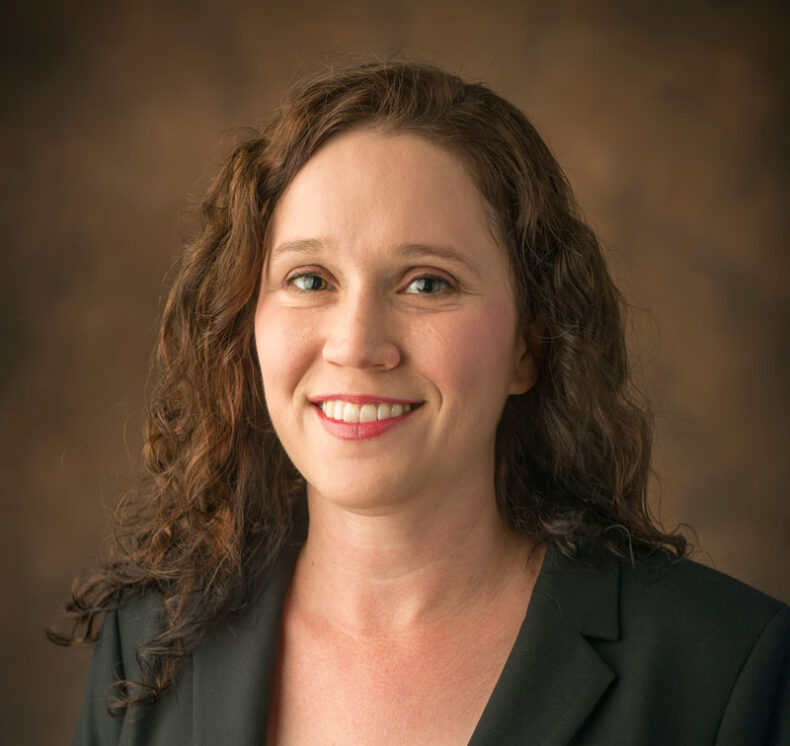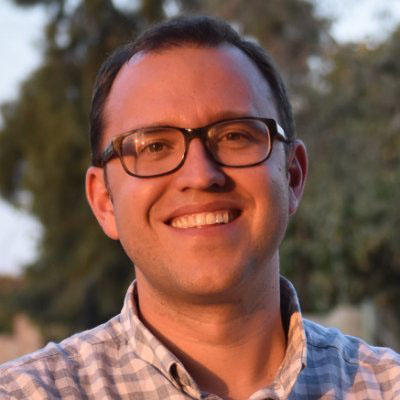Building on the success of a pilot program training traditional healers to initiate HIV counseling and testing, the Vanderbilt Institute for Global Health (VIGH), and its partner, the University of the Witwatersrand (Wits), has received a five-year, $2.8 million grant to expand healer-initiated HIV testing and linkage to care in South Africa.

The study team is led by Vanderbilt University Medical Center’s Carolyn Audet, PhD, associate professor of Health Policy, alongside co-PI Ryan Wagner, MBBCh, PhD, research fellow at MRC/Wits Rural Public Health and Health Transitions Unit (Agincourt). They will conduct a cluster, randomized, controlled trial comparing healer-initiated HIV counseling and testing to the standard of care in rural South Africa by utilizing an existing and trusted resource — traditional healers.
The “Know your Status” project is a collaboration among Vanderbilt, Wits, the South African Department of Health (DoH), and Kukula, the local healer’s organization.
The project is part of Ntirhisano (Working Together), a larger portfolio of work that studies traditional healer integration into the primary health care system.
“If traditional healers can be trained to conduct testing, informal community leaders in the U.S. can potentially join forces to reach those at the highest risk of HIV acquisition. Barbers, religious leaders and teachers are examples of trusted members within communities,” Audet said.
While South Africa has made progress in reaching its targets of 95% of people living with HIV knowing their status, 95% of people receiving care after diagnosis, and 95% of people achieving viral load suppression while being treated, people of low socioeconomic status, men, and those in rural areas do not test regularly. These groups are more likely to seek care from traditional healers, which makes healers an ideal nexus for bridging the health care utilization divide.

The study will compare rates of HIV testing in healer-initiated HIV counseling and testing communities versus control communities in a cluster, randomized, controlled trial in 42 clinical catchment areas.
Healers will advertise and offer free testing to participants and their partners in their indumbas — a hut or room by their home where they provide care or travel to client homes and provide monthly, community-based testing outreach activities at local events.
In addition to testing, healers will support linkage to care and treatment adherence, offering to attend the first clinical appointment with clients, ongoing adherence support in person or through the instant messing service, WhatsApp, and connect with a nurse, community health worker, or other healer through a WhatsApp group to facilitate more technical support if needed.
The study team will evaluate the effectiveness, incremental costs, and results of the intervention and control sites, including both clinical and economic outcomes. Collected data and analysis examples include, but are not limited to, the number of HIV cases detected and treated, disability-adjusted life-years averted, and incremental cost-effectiveness ratios.
Developed in a region with the world’s highest HIV prevalence, this study design and intervention has the potential to impact testing uptake among a “hidden population” by mobilizing trained healers, who vastly outnumber allopathic care providers in South Africa.
The team has designed the study for sustainability, with the goal of establishing a program that the DoH will continue to operate, particularly in highly rural areas lacking nearby health facilities.
















